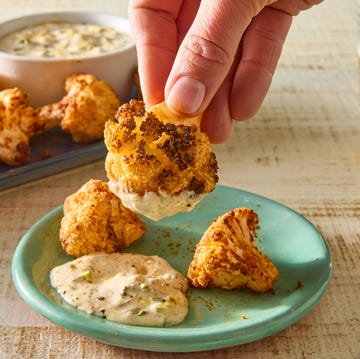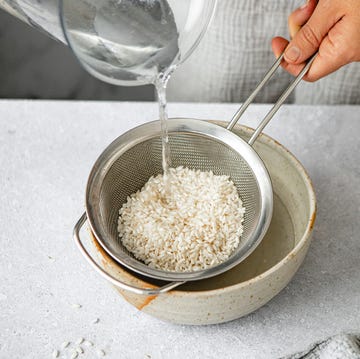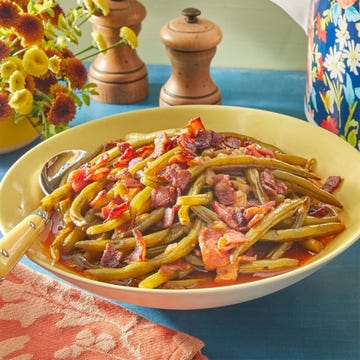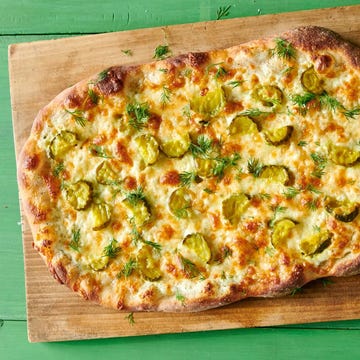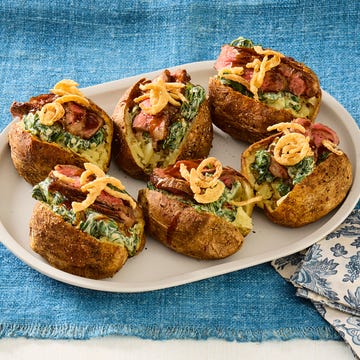Whether you enjoy 'em for breakfast with a big pat of butter or instead topped with sizzling shrimp for a seafood dinner, grits are a versatile pantry staple, and have been since the 16th century. Native American tribes in the Southeast were the first to consume grits and they took hold in the southern half of the United States to become an essential part of the culinary culture. Still, you don't have to be from the South to enjoy a bowl of them.
"Grits are my weakness," says Ree Drummond. She even serves them as a side dish to steak and base for hearty beef stew. Leftovers? "Top them with a fried egg for breakfast," she says. But if you've never experienced the magic of grits, you may be wondering: What exactly are they, anyway? Keep reading for everything you need to know. Then head to your closest grocery store, scoop some up, and make a cheesy grits casserole. You'll become a believer in grits after just one bite.
What are real grits made of?
Grits are simply ground corn. They start with dent corn—a less sweet, starchier version of the corn on the cob you eat during summer. That corn is hulled, dried, and ground between stone or with a steel roller. But how it's ground affects its taste and texture. Typically stone ground grits have a more pronounced corn flavor. You'll also find grits made from both yellow and white corn (though some specialty grits are made with blue corn), with yellow often having the more robust corn flavor of the two. Instant and quick-cooking varieties are milled more finely and have a milder taste.
Are grits healthy for you?
Grits are rich in fiber and carbohydrates, and are a good source of iron and other vitamins. Stone-ground grits tend to have more nutritious qualities than instant or quick-cook grits because they're less processed. Of course, as with any ingredient, how you prepare them makes a big difference in their nutritional value.
What is the difference between cornmeal and grits?
Both are made from dent corn, but the difference is how that corn is ground. Grits have a coarser texture, whereas cornmeal is finely ground into a flour-like substance. You can buy cornmeal in coarse, medium, fine grinds, but even the coarsest isn't often as coarse as grits. Cornmeal is better used for breading fried fish or baking a batch of skillet cornbread. This is also different from polenta, which has a flakier, coarse grind compared to grits.





